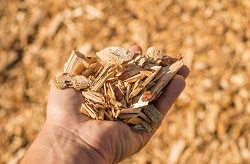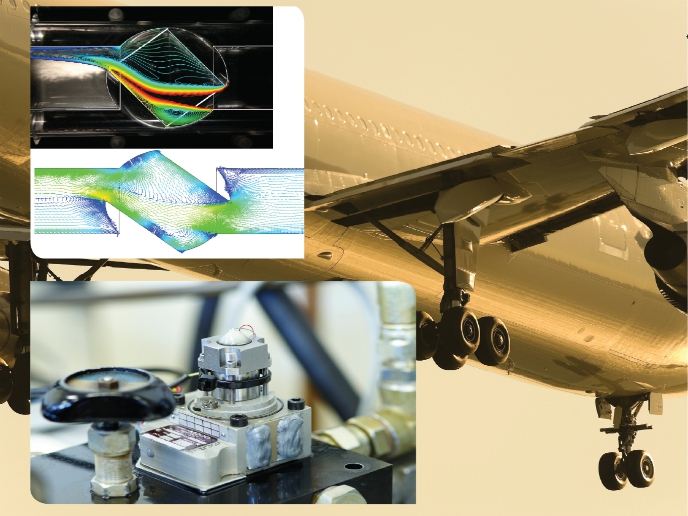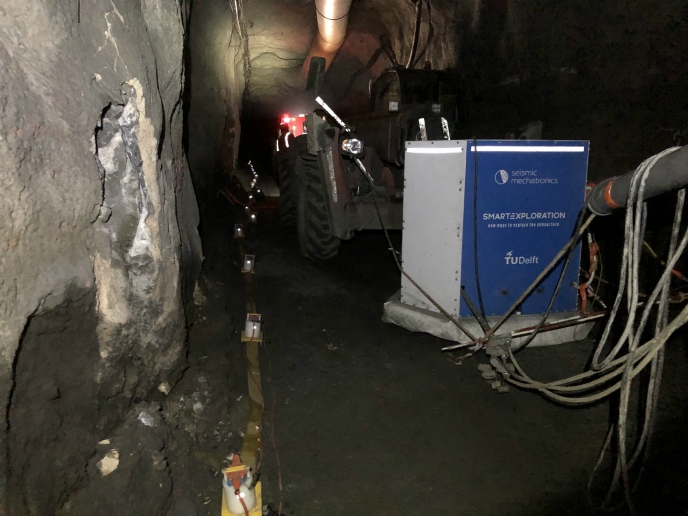Quantum objects and algebra
Quantised coordinate rings encompass non-commutative algebras such as quantum matrices, quantum flag varieties and quantum Schubert cells. Coordinate rings also appear in classical algebraic geometry. This suggests studying the quantisations not only by algebraic means, but also from a geometric perspective, as a part of non-commutative algebraic geometry. The points, curves, surfaces and so on from classical geometry are replaced in the non-commutative world by a spectrum of prime ideals and representation theory. The RTQASL (Representation theory of quantum algebras and their semi-classical limits) project investigated quantisations of classical algebras. Perhaps the simplest example of what is meant by a quantisation is taking the polynomial ring C[x,y] in two commuting indeterminates, and quantising it by fixing a non-zero complex parameter q and declaring that xy=qyx. If q=1, then the original ring is recovered. The most elementary quantised coordinate ring is that of m x n quantum matrices. Quantum matrices may be used to construct other quantum groups such as the quantum special and general linear groups and the quantum Grassmannian. In the years preceding the start of the RTQASL project, it was found that quantum matrices, as well as their quotients by certain prime ideals, could be constructed using a weighted grid-like network with weights in non-commutative algebras. Each generator of 2x2 quantum matrices corresponds to a collection of paths in this network. A nice feature of the approach is that the defining relations for quantum matrices are interpreted by looking at pairs of intersecting paths. Important elements called quantum minors have an interpretation in this model as sums over collections of non-intersecting paths. That this approach is more than a mere curiosity was demonstrated by characterising generating sets for prime ideals of a special but important type, called H-prime ideals. The approach was extended to show that other quantum groups have a paths model. The most extensive study made was of the quantum Grassmannian. This is the subalgebra of quantum matrices generated by maximal quantum minors. It is becoming increasingly important due to its usefulness in both quantum and classical physics. For example, a close connection has recently been discovered between the H-primes of the quantum Grassmannian and the interaction of waves on the surface of fluids.







